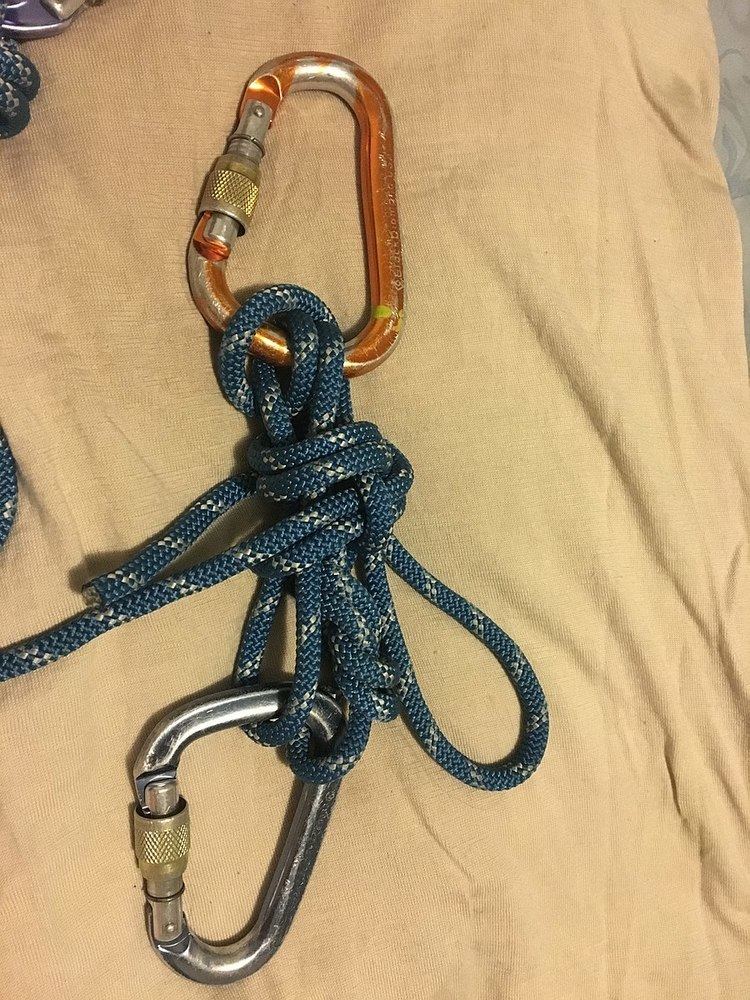Category Hitch Releasing Load releasing | Efficiency 30kn Typical use technical rope rescue | |
 | ||
A radium release hitch is a load-releasing hitch using 3:1 mechanical advantage which is used in a two-rope technical rescue system. The Radium Release Hitch allows a load to be transferred from one rope to another and is commonly rigged into the belay line prior to the operation of a two-rope technical rescue system.
Contents
A radium release hitch is typically tied with 10 meters of 8mm rope and two locking carabiners. A reasonable length for the hitch (distance between the 2 carabiners) is 10 to 15 cm.
History
The Radium Release Hitch was developed by Rigging for Rescue (with input from Arnor Larson) as a result of the extensive comparative analysis of release devices undertaken during 1997 through 1999. Or may have been developed by Kirk Mauther from Basecamp Innovations.
